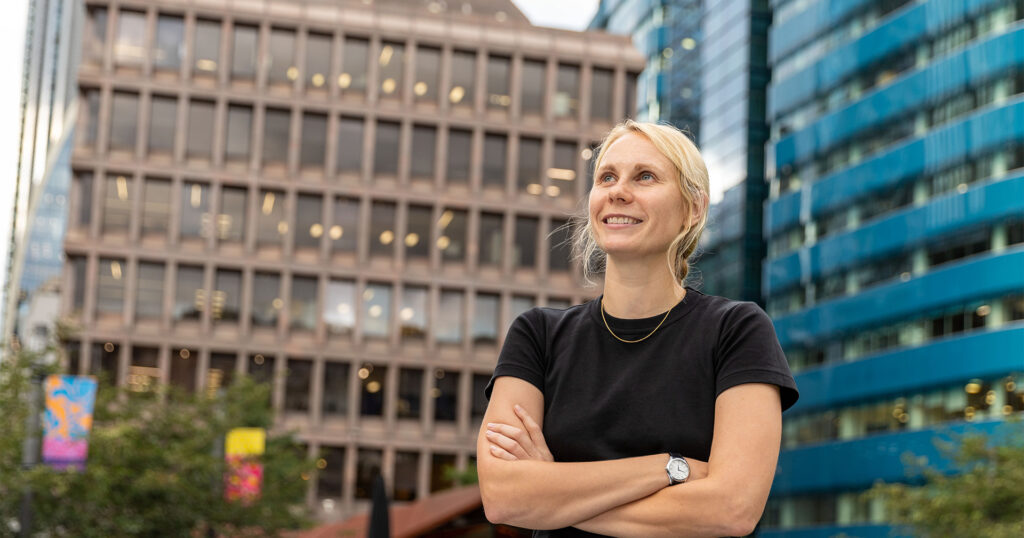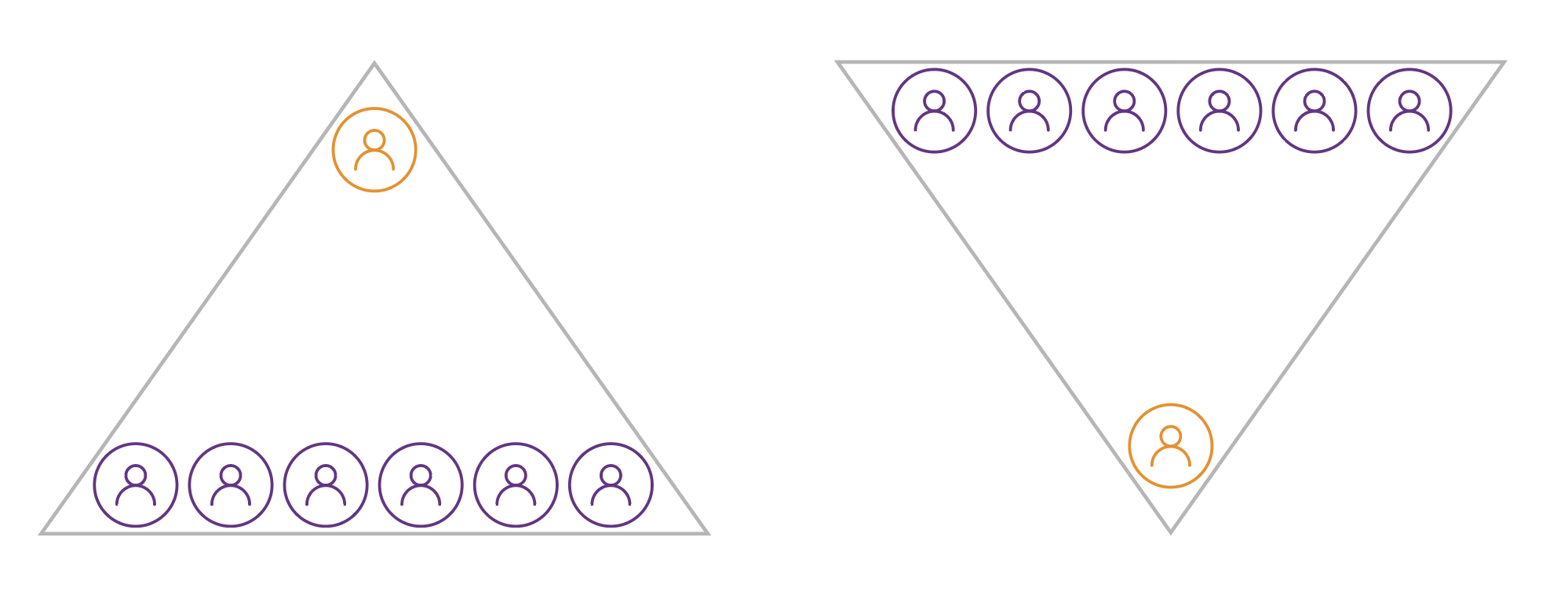Does a flip of responsibility structure lead to a stronger organisation? Emily Link shares her experience of working with leaders and teams across the globe.
I must have worked with hundreds of leaders over my five years at Interactive Workshops, all leading a variety of teams in a variety of contexts. Many of them have been technical experts within their industry, climbing the ladder because they have been successful at doing ‘the job’ extremely well and delivering the results. They’ve progressed in leadership and perhaps no one has yet taken the time to sit down with them and explain their new role or given them the confidence to take the reins and possibly make some changes. I have had the privilege of being the person to sit down with these leaders and gently challenge them to make this shift into a leadership mindset: helping them to acknowledge that they now have license to articulate the goal, have their say on defining roles or reshaping the team. Maybe even run the team differently to their predecessor…

Human beings are creatures of habit, and we often just keep doing things the exact same way they have always been done, without actually considering if it is the most effective way. We need to ask ourselves if it is still working; if it is time to evolve. It might not seem revolutionary but challenging our preconceived ideas of the ways of doing things and realising, as leaders, we are able to influence or create change can be a huge mindset shift.
In my opinion, the strongest leaders within this space are those that are brave enough to acknowledge that they don’t have toa be the full-time leader that they have perhaps seen before or felt they should be. The authoritative leader who has ‘all the answers’, who sits in their ivory tower, who has ‘earned their stripes to be there’, isn’t always the best way forward and there is another way. There is strength in knowing that you don’t have to have all the answers (that’s okay, and normal), that you can trust others with responsibility (because you don’t need to carry it all) and that if people are good enough, then they are old enough. With these behaviours there is huge potential to build a stronger team, and that doesn’t mean a weak leader because the power has been decentralised; for me, it means a stronger one, a leader that is comfortable in their leadership and able to recognise the power of the people within their team.
Of course, it’s easy to say all of this, but it can be harder to achieve. In some contexts, the empowerment of others can be countercultural and perhaps risky. Organisations are often set up in traditional and hierarchical structures and a change in approach can go against the grain. Not only is it different to the way things are currently done, but it might not fit within remuneration models or the boxes of organisational structures. For example, we worked with one team who wanted to be a self-organising team and dissolve their leadership, but it didn’t fit within the Ops system’s organisational boxes (effectively, the computer said no). I’m not saying that as leaders we need to dissolve leadership entirely, but it’s worth thinking about what changes are worth making to make the organisation stronger and more effective—perhaps challenging the constraints of the org chart or the processes and systems currently in place.
One leader I’ve had the pleasure of working with in this space has successfully grown his team over five years and significantly increased revenue. It wasn’t plain sailing, though. It came with its risks. When they first went to flip responsibility to their less experienced team members, not only was their leadership responsibility questioned, e.g. ‘shouldn’t they have to carry all the revenue responsibility and key client relationships, as they are at the top of the tree?’ Plus, with the bonus set up being based on individual P&L contributions they were jeopardising their yearly payout. Colleagues at the same level were thinking: why would you want to do that? But this leader had come to the realisation that if they released relationships, clients, and projects to their team members, then they would achieve more over the course of the year. Simply put, the responsibility structure was flipped.

How Did it Work?
Newer members of the team now owned the client relationships and pulled in more senior people to bring the strategic insight. This not only freed up the more experienced hands but also gave clients a super responsive service. Noticeably, the new team members were also standing a little taller and growing in confidence as they relished the opportunity to be responsible. With this flip of responsibility, and client relationships now spread out across the team, they also reduced some risk as the client relationships weren’t all in the hands of a few senior people. This made for a much stronger team and allowed significant scalability.
As you can imagine, it wasn’t the most popular move at first and it did have a few teething problems along the way. Of course, it was a big mindset shift and took a lot of convincing for senior leaders to relinquish their client relationships. Directors still had to actively support the individuals, offer their strategic insight, and fully empower their team, otherwise it wouldn’t work. Also, the bonus structure had to be sorted and ultimately a new remuneration process had to be written—for people to exhibit the right behaviours, they needed to be rewarded for them. It was an experiment at first and people were sceptical about whether it would work; would this new structure really unlock more potential revenue, or would they annoy their clients and lose their bonuses? The stakes were high.
The gamble didn’t pay off at first and it was a little challenging, but the Leader believed in the process and knew that little wins would come. It’s been several years now, the team has grown considerably in people and revenue, and is held up as an example of a different and more effective way of doing things. The brave leadership that challenged the status quo built a stronger team that is going from strength to strength.
